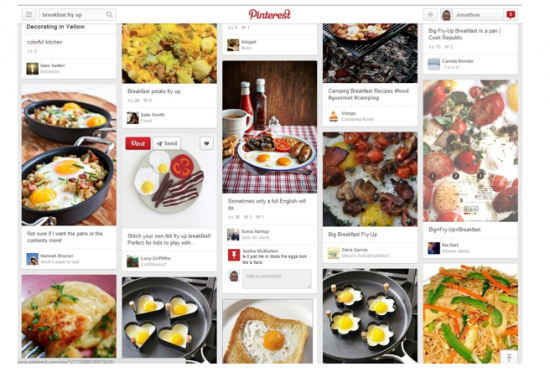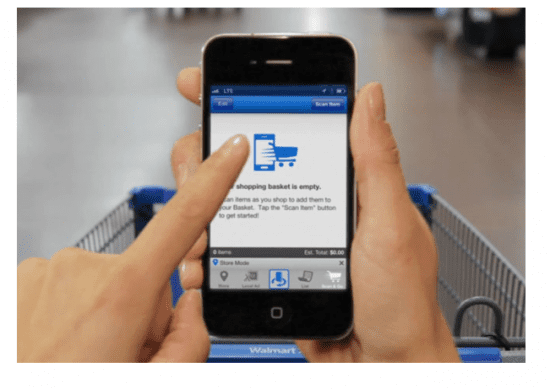New platforms and techniques for rapidly engaging online audiences
The increasing pace of life means that what little time we have is becoming more and more squeezed. This compression of time is leading to a compression of communication which has some notable implications for brands.
One of the big trends for 2014 is the rise of image centric sites such as Pinterest which according to the Global Web Index grew 150% in 2013 and shows no signs of slowing. This format of image based content represents the ultimate distillation of information and ideas.
Density of communication
We’ve gone from reading websites and blogs, to scanning tweets to glancing at rapid sequences of images. It’s the editorial equivalent of skipping a fry up for a breakfast bar on the train.

Video continues to grow as shown in Ooyala's Global Video Index report but even 90 second videos are a turn off for many with micro video like Twitter’s 6 second video format Vine proving to be a success.
The implications for brands and media owners are that they must increase the density and effectiveness of their communication.
Rigorous
These days marketers know that in return for our scarce and precious attention we expect something of value from them. [Editor's note: Consumer's rapid media consumption has been researched by Niemann, this shows the demand for rapidly consumable and sharable content] Compressed communication means not only providing value but also being rigorous about the message. Furthermore brands need to develop a disciplined visual language that makes it quick and easy for their audience to get what it is they are trying to say and do what they want them to do.
Path of least resistance
In this age of impatience we expect more bang from our bytes and a better return on time invested.
The truth is that we are all becoming friction intolerant both on and offline and are looking for the path of least resistance as a coping strategy for our interconnected existence.
The growing importance of user experience design reflects this desire for simplicity as well as the natural evolution of the design process in the digital industry.
As a result businesses are investing more in user experience design as a way of beating the competition. Ultimately if your site doesn’t provide the path of least resistance, whether it’s to a new pair of trainers, industry news or funny pictures of cats, then your audience will find it on your competitor's site instead.
New ways of connecting directly with a customer need
However the real question is not only does your website offer the path of least resistance but how can your digital strategy provide this across the business as a whole. Where are the shortcuts, the quick wins, the new ways of connecting you directly and instantly to a customer need?
To put it another way, how can your digital strategy help your customers do business with you in the easiest way possible?
Wallmart for example has developed the ability for shoppers to use their mobile’s GPS to lead them directly to the products they are looking for in their large stores. They can then scan, pay and go via an app without the need to queue for the check out. These digital innovations are doubling the amount of trips those who have the app make to the store each month and they are spending more per trip too.

The price of anything
Customers want to engage with brands and organisations in their own way. On the whole they want to achieve their goals in the most expedient way possible so they can get back to investing their precious time on the other things that matter in their life.
As the American philosopher Henry David Thoreau said, 'the price of anything is the amount of life you exchange for it'. In today’s market the price is going up and those organisations that can give the best exchange rate will ultimately win.
 Thanks to Jonathon Palmer for sharing his thoughts and opinions in this blog post. Jonathon is Commercial Director at digital agency Blueleaf where he works with new and existing clients to develop insight based digital strategy that leads to growth. He’s been working in the branding, communication and digital industry for over 16 years. You can connect on LinkedIn or via Twitter @JonathonPalmer.
Thanks to Jonathon Palmer for sharing his thoughts and opinions in this blog post. Jonathon is Commercial Director at digital agency Blueleaf where he works with new and existing clients to develop insight based digital strategy that leads to growth. He’s been working in the branding, communication and digital industry for over 16 years. You can connect on LinkedIn or via Twitter @JonathonPalmer.




 Thanks to Jonathon Palmer for sharing his thoughts and opinions in this blog post. Jonathon is Commercial Director at digital agency
Thanks to Jonathon Palmer for sharing his thoughts and opinions in this blog post. Jonathon is Commercial Director at digital agency 

